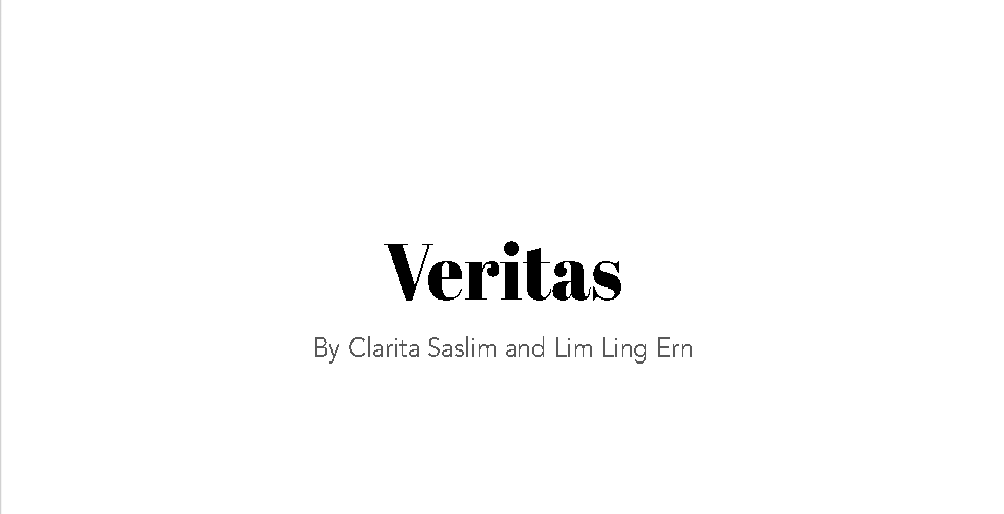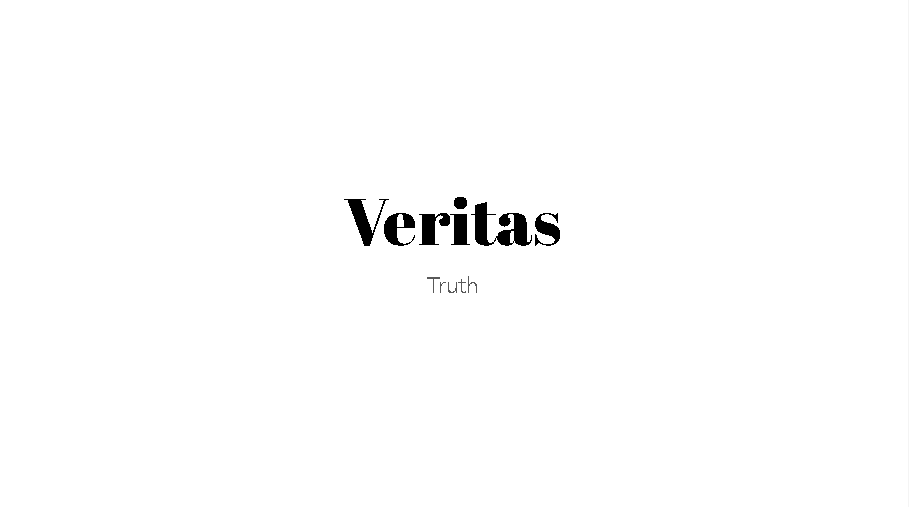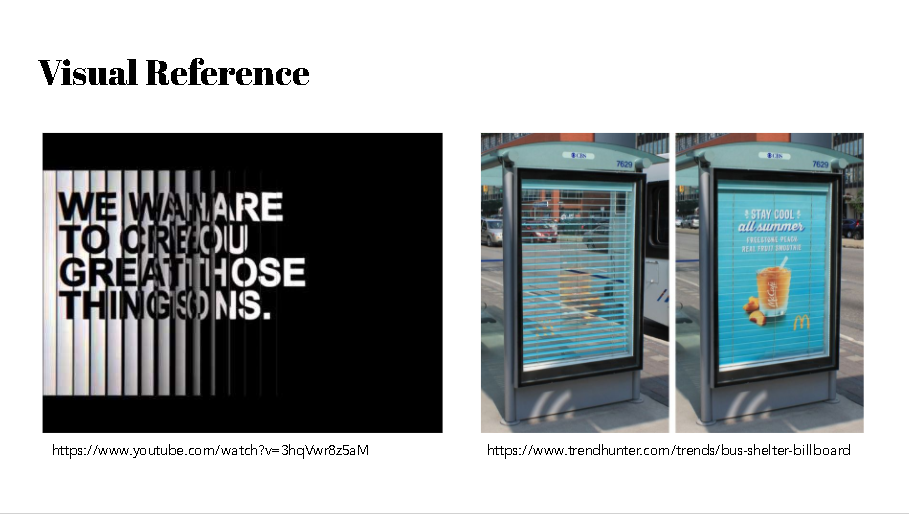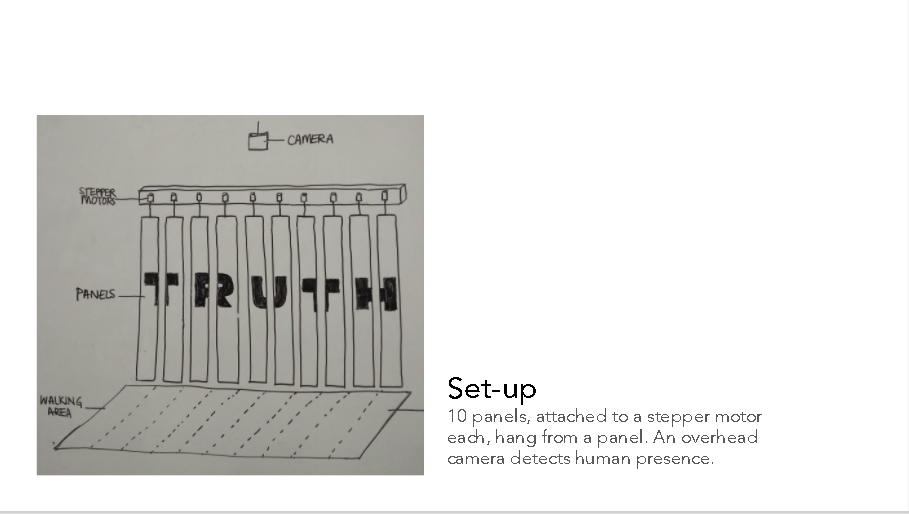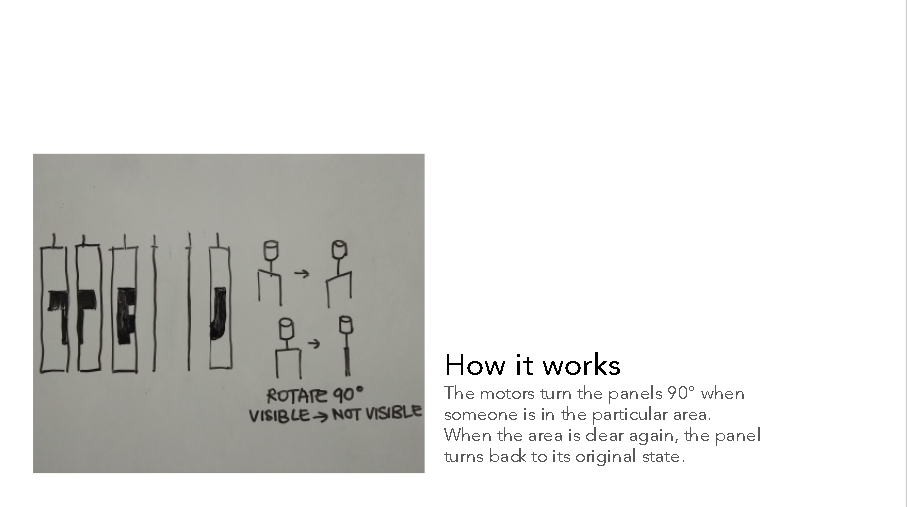For this assignment, we had to change several things from the emulation into a DJ-like interactive detection thing where different sound tracks will be played when something of high contrast is detected in the specified box for detection.
This is my edited draft patch with 8 areas of boxes in red for detection. The connections made for sound tracks is shown at the lower half of the picture where specific steps are linked to each output value and specific sound tracks are also allocated.
This is my edited grab sequence where the coordinates of the red boxes are defined (X1 Y1 X2 Y2) together with the pathway for each box.
This is my PlaySound patch where the playlist exist and each sound track is mapped to one box.
The completed VEJEE and the video!








